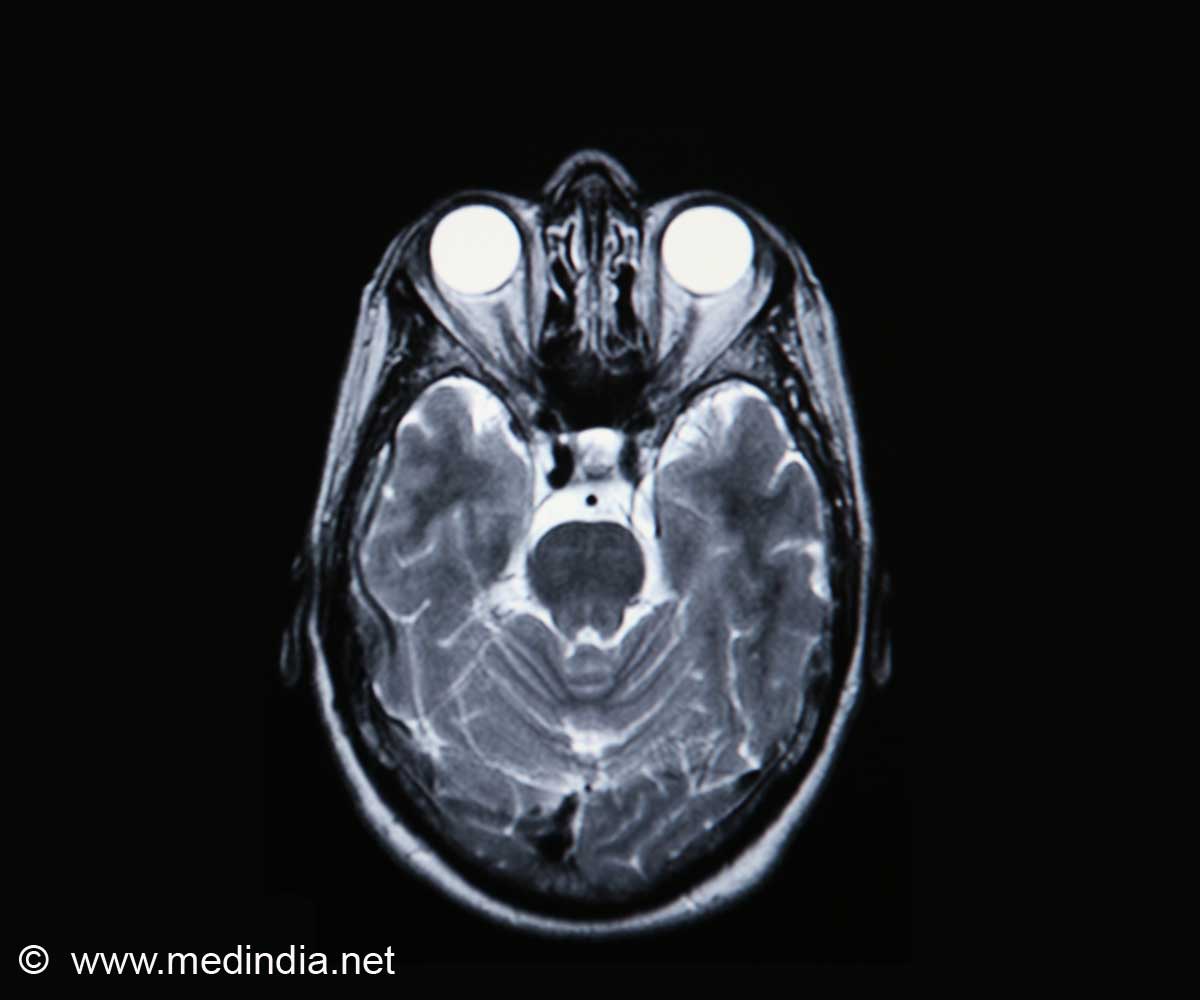Study reveals part of the brain which is active when we lose ourselves in fiction.

The ventral medial prefrontal cortex (vMPFC) in the brain shows increased activity when people think about themselves and close friends.
Researchers scanned the brains of 19 self-described fans of the "Game of Thrones" series with an fMRI while thinking about themselves, nine friends, and nine characters from the series.
An fMRI indirectly measures activity in various parts of the brain through small changes in blood flow. Participants were also asked to report which character they felt closest to and liked the most.
Broom explained that since Game of Thrones attracted a devoted fan base and the large cast presented various characters that people could become attached to, it was an ideal choice for the study.
Participants were shown a series of names - theirs, one of their nine friends, or one of the nine characters, while they were in the fMRI. Each name appeared above a trait, like lonely, sad, trustworthy, or smart, and they were asked to say "yes" or "no" to whether the trait described the person.
Advertisement
Further, the vMPFC was found to be most active when people were evaluating themselves, less active for friends, and least active for the fictional characters.
Advertisement
Dylan Wanger states that the findings help explain how fiction can have such a big impact on some people. "For some people, fiction is a chance to take on new identities, to see worlds through others' eyes and return from those experiences changed.”
He further adds, "What previous studies have found is that when people experience stories as if they were one of the characters, a connection is made with that character, and the character becomes entwined with the self. In our study, we see evidence of that in their brains."
Source-Medindia













